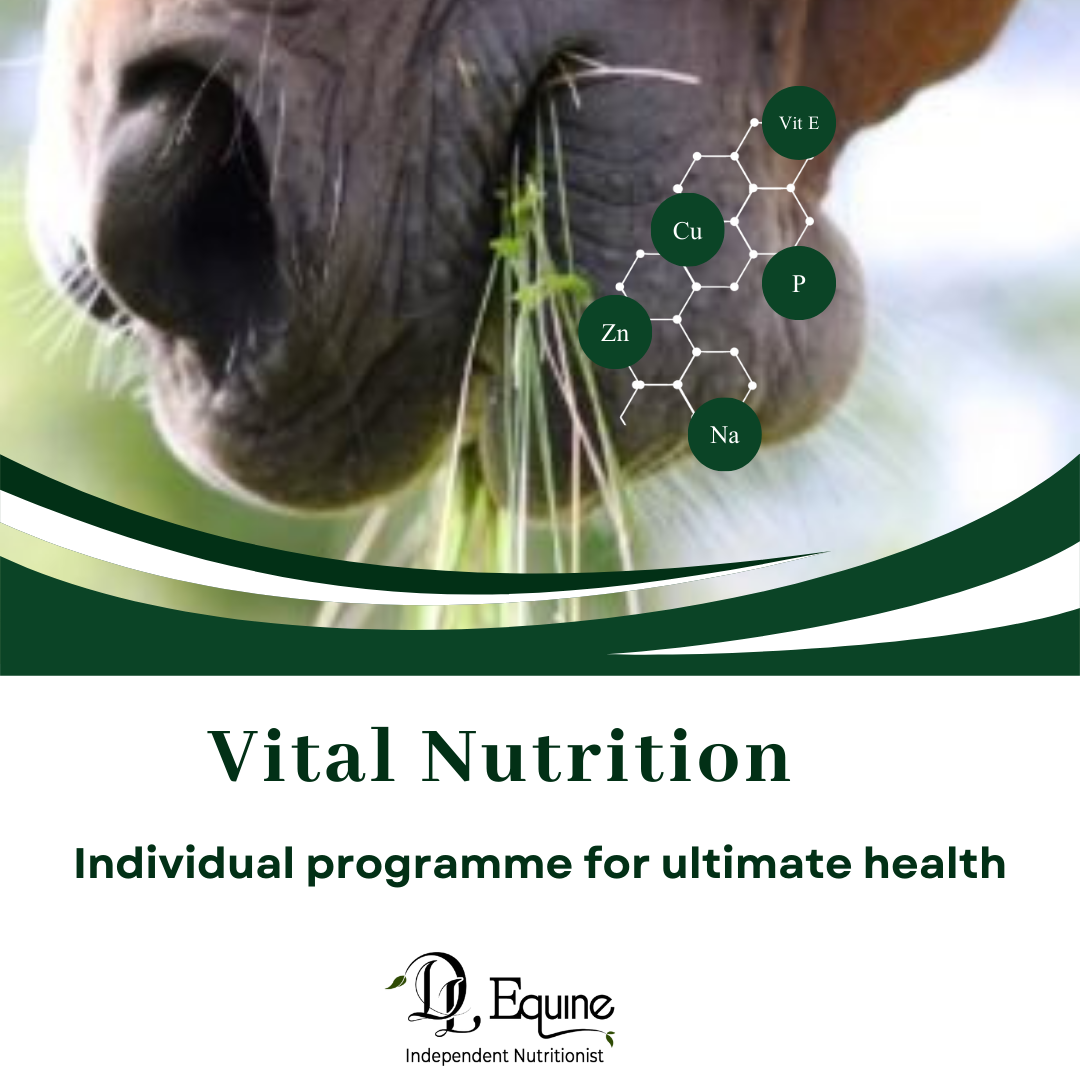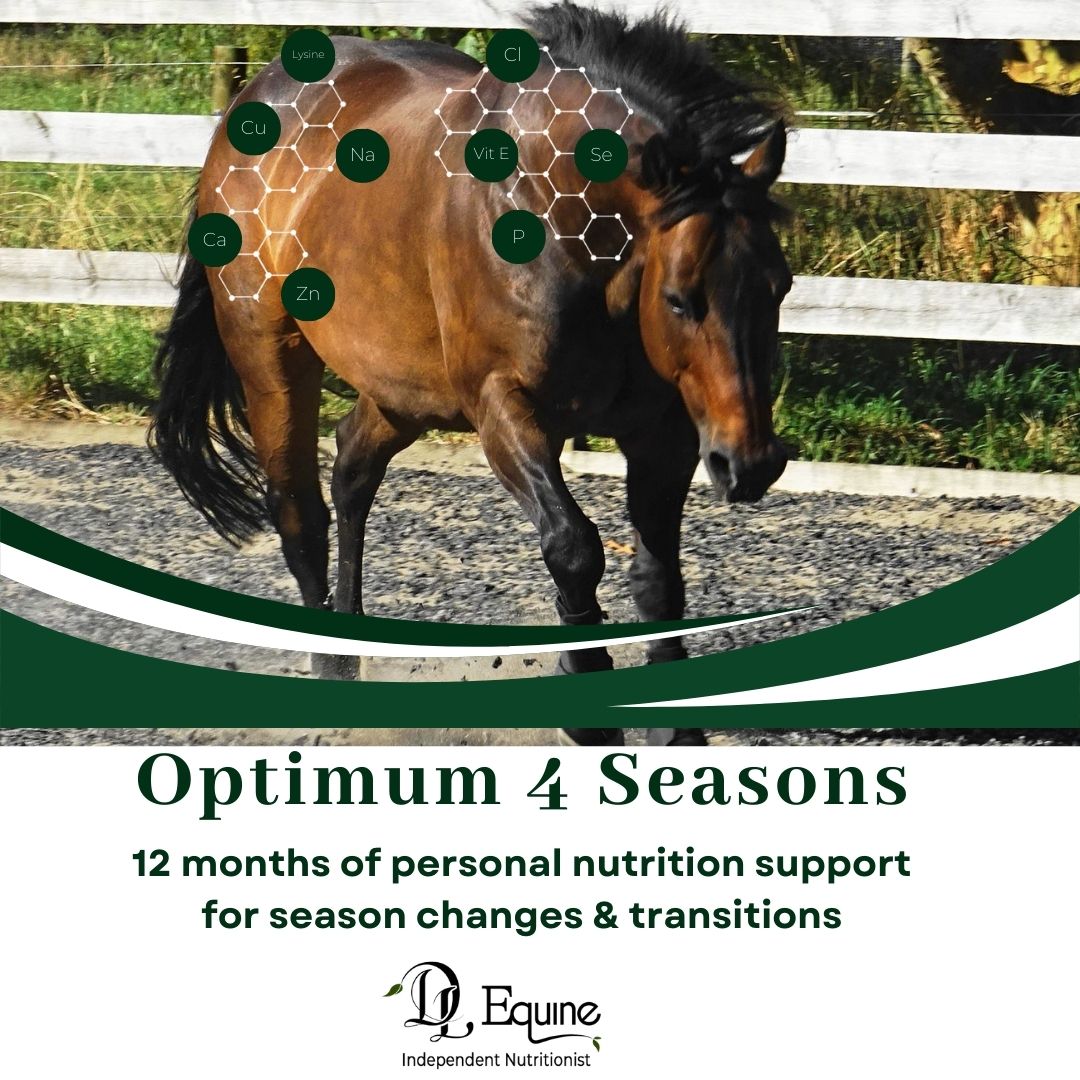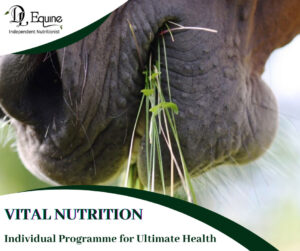Insulin Dysregulation and Equine Metabolic Syndrome
Hey fellow horse owners, its that dreaded Spring or Autumn time of year when our horse and ponies whom have equine metabolic issues are at greater risk of developing laminitis.Here is a why and what and a basic what can we feed!
Let’s talk about Insulin, a major player in these conditions.
What is Insulin?
Insulin is a hormone that is released into the bloodstream by the pancreas whenever blood sugar (glucose) levels begin to rise. Glucose is often the product of sugar and starch digestion in the small intestine (foregut) in the horse.
What does Insulin do?
Put simply, when your horse eats something with starch like Spring pasture or grain, the enzymes breakdown the large starch molecules into small glucose pieces.
This glucose then leaves the small intestine and enters the bloodstream where it can be used for energy by the body’s cells.
BUT in order to get into cells it needs help to get thru the cell doors. This is where Insulin helps by grabbing the glucose and sending it into cells.
What happens in the horse in Insulin Dysregulation or resistance?
Basically, the cell has no doors to allow the insulin to get the glucose inside and the glucose molecules remain in the blood stream.
Even worse a cascade of effects occurs where the pancreas thinks it needs to send out more insulin to help the glucose get into the cells and so the blood levels of insulin continue to rise along with the glucose!
Eventually the glucose can enter the cells and the blood glucose returns to normal levels but it is slow. And if this situation described above occurs often enough over a long period of time the pancreas cells have to work too hard and may fail, then the blood glucose levels may never return to normal.
Another hormone involved at this stage called ‘Leptin’ which is released by the fat cells and normally will shut off appetite as it permits the uptake of nutrients into the cells. When things go wrong and cells become resistant to leptin, the horse continues to be hungry, continues to eat and leptin continues to be produced at higher levels. This triggers a stress response in the body and suppresses the thyroid. This slows the metabolic rate of the horse.
Both these responses can lead to fat storage or deposits, and the more fat a horse, the more signals are sent to reduce the cell receptors for insulin. Then the more fat produced the higher the insulin levels as the cells become resistant to the insulin.
Also an underweight horse with a high metabolic rate can be insulin resistant and will eventually develop the fat deposits commonly seen along the neck and tailhead.
All this can also lead to Laminitis = weakened laminae attachment in the hoof.As increased insulin levels damage the vascular network and cause little blood clots. This causes blood circulation problems in the foot. The result is oxygen shortage, which causes damage and inflammation of the foot and its lamini.
What can you feed a horse with Insulin Dysregualtion or Resistance?
The goal is to reduce insulin output from the pancreas, so avoid high sugar and starch feeds and pasture.
Have your diet analysed by a nutritionist, feed an NSC value of less than 10 – 12%.
- Restrict pasture and grazing.
- Keep your minerals balanced. – especially Magnesium and Chromium.
- Increase the B vitamins to help keep the gut microbes happy and healthy.
IR in a nutshell
- Equine metabolic syndrome (EMS) is a disorder associated with an inability to regulate blood insulin levels (insulin dysregulation)
- Insulin is a hormone
- It is released into the bloodstream when blood sugar (glucose) levels rise after eating
- Insulin helps to get glucose inside cells for energy
- If cells don’t allow insulin to get the glucose into cells then the glucose remains in the blood stream. Then more insulin is released in response….
- Causes cells to become resistant to letting insulin take glucose into cells
- Causes fat deposits and can result in high risk of laminitis
- Avoid feeding high sugar and starch to your horse
- Restrict grazing
Get in contact today to work with me on an indivudal nutrition programme to keep your hrose healthy!






